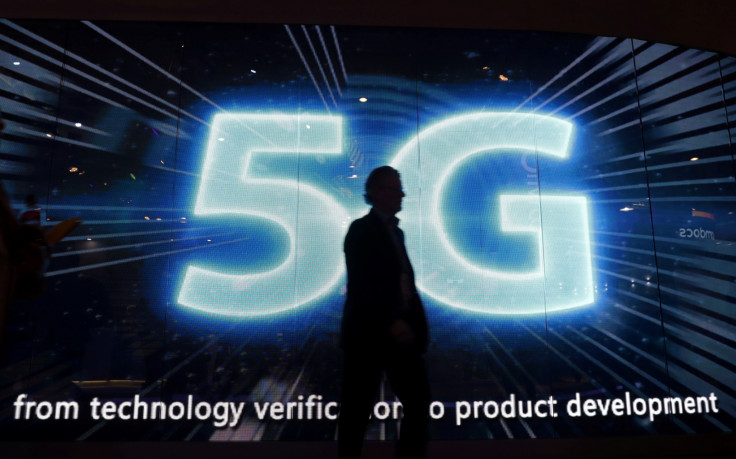Intel on 5G: Millimetre wave is the way forward, and it will start with fixed wireless networks
Mobile World Congress 2017: Intel discusses the benefits and challenges of using millimetre wave for 5G.

For the longest time, millimetre wave was considered to be an unusable radio frequency, because it only works over very short distances such as a few kilometres because of high free space loss and atmospheric absorption.
However, now that all of the desirable spectrum has been used up, and there's not much spectrum that can be reused from legacy technology, the mobile industry has turned back to millimetre wave for 5G.
But why? The indoor experiments and in-the-field trials so far have all had different distances and vastly varying speeds so the results cannot be compared against each other – from the record speed of 32Gbps being sent over 2.5m in a laboratory to Germany's 6Gbps over 37km to Facebook's 20Gbps over 13km. So how can we be confident on using the technology to provide next-gen wireless speeds?
Why millimetre wave is the answer
"Millimetre wave is a technology that relies more on line-of-sight and a direct connection. It doesn't have the same coverage characteristics of other frequencies [but] whether it's the beamforming or beam tracking, we've made some great improvements," Robert Topol, Intel's general manager for 5G Business and Technology, tells IBTimes UK.
"For one, we are seeing more improvement in coverage. It's the way you set up the network and the access points so there are more line-of-sight access points for the beamforming – [the access points] won't be towers, they will be embedded into infrastructure around us. The major advancement in millimetre wave is maximising the data throughput and improving the coverage by the way you set up those access points and beamforming and beam tracking.
"To achieve some of the requirements of 5G, you will need millimetre wave. There's been more work on power optimisation – the level of power you're putting through that connection determines its distance and range. What service level you're willing to connect, single point versus multi-point? Many experiments are single points and line-of-sight, so we've looked more at obstacles, [like] 'how does it affect the signal?' and 'how do we set up more access points to ensure the signal gets to the client terminal?'"
Intel says that although millimetre wave is central to 5G because it has greater bandwidths, it won't be the only technology used – there will still be the 4G LTE network and sub-6GHz frequencies will be refarmed and used for technologies that require high coverage or extended coverage and range.
Instead, millimetre wave will be used for dense high throughput 5G applications, such as running the industrial Internet of Things (IoT) and connecting self-driving cars, and it can offer significant savings in cost per bit from previous generations of mobile networks.
Fixed wireless first, 5G smartphones later
However, Topol admits that there is still quite a way to go before we will be able to deploy 5G and really see multi-Gigabit per second mobile internet speeds.
"The reason we started the 5G journey early is because it will still take a while to perfect it for consumer and enterprise use. Intel is a leader in demonstrating over-the-air interoperability between the chip maker and network infrastructure maker – that's a critical step. This is a major milestone because it proves that the technology can work, it can demonstrate the great promises being made about it," said Topol.
At Mobile World Congress (MWC) 2017, industry players have been touting all the many things 5G will be able to do, including providing users on the go with high quality streaming for virtual reality content. However, Intel is focused on a different direction.
"Millimetre wave will bring a much richer fixed wireless experience to the home than broadband [for] devices [and] smart home functions. It's not just a use case to use wireless when fibre optics is not available, it's about deciding whether fibre should be deployed at all," Topol stressed.
"It's also a much easier solution to deploy than putting 5G into the handset [in 2019]. You focus on the stationery use cases first, then you look at the mobile use cases."
© Copyright IBTimes 2025. All rights reserved.






















